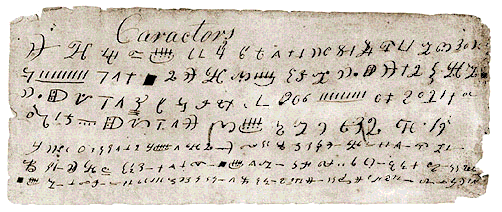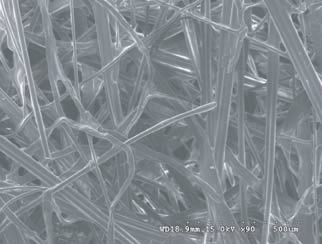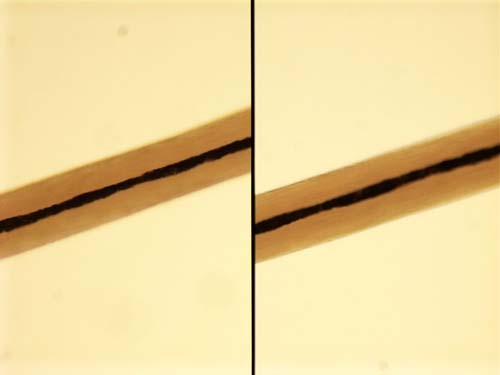During this test, my group realized that we were all wearing the same brand of shoes, Converse. This brand of shoe is peculiar because, printed at the bottom of the shoe, is a label stating the shoe brand and the shoe size. If found at a crime scene, this piece of evidence could be a huge give-a-way of the criminal's identity.
- What was your analysis for each print?
- The first print that we analyzed was my shoe print. I was wearing Converse, so you could clearly see "CONVERSE, SIZE 7" printed in the sand. My dimensions were about 12 inches long and 4.5 inches wide. The smaller size indicates a female shoe print.
- The second print we analyzed was Darcell's, who was also wearing Converse that day. Her print clearly stated "CONVERSE, SIZE 6" on the bottom, and just like mine, this would be a huge giveaway in a real crime scene. Her dimensions were around mine, also indicating a female shoe print.
- The third print we analyzed was Oliver's, who was also wearing Converse, just a different type. His also clearly printed the brand and size on the bottom of his shoe. The only difference was the pattern on the bottom; while me and Darcell's shoe prints were made up of small diamonds, his included a pattern shaped like an eye and a bunch of triangles. The larger dimensions indicated a male foot print.
- What were some similarities and differences between the different types of shoe prints?
- We all were wearing the same type of shoe that day - Converse - so we couldn't get a really clear reading of this. By looking at other groups' data, however, we saw that people wear boots or flats had a huge difference in prints. Flat prints were very smooth with a few ridges across the width. Boots were separated into two sections - the toe and the heel. Converse (or regular tennis shoes) were all in one piece and had a complex pattern of triangles, squares, and diamonds.
- Similarities were that the flats and the Converse were all in one piece, where the boot had been in two.
- What are some similarities and differences between male and female shoes?
- Differences included that male shoes have much larger dimensions than female shoe prints.
- Similarities included the pattern on the bottom of the shoe - male and female shoes don't have different patterns (unless the female is wearing high-heels or something like that) so the patterns can be similar or very different, depending on the brand of shoe the person is wearing.





































